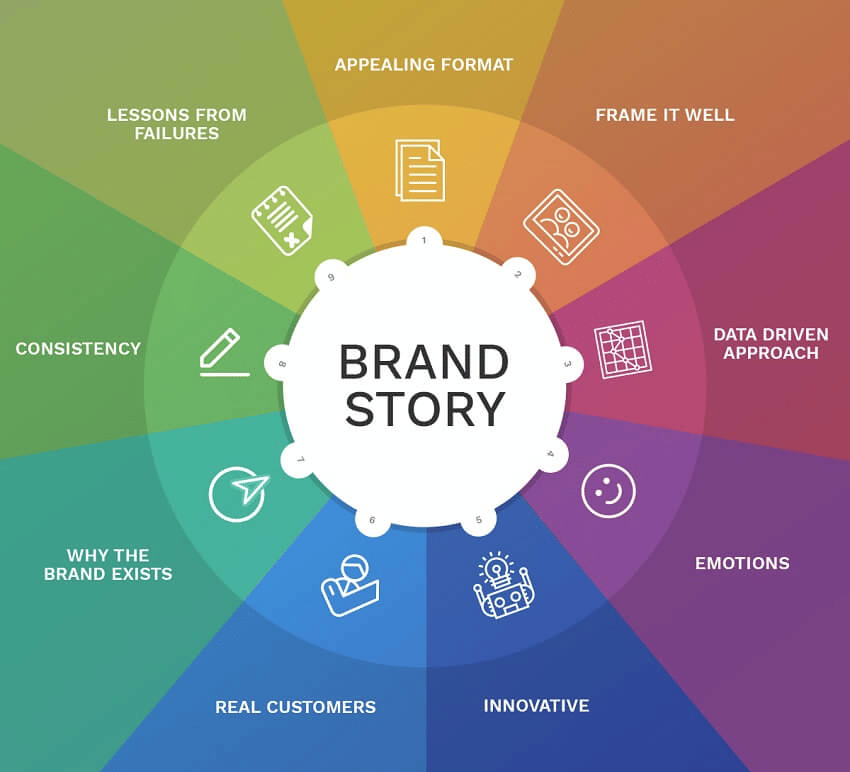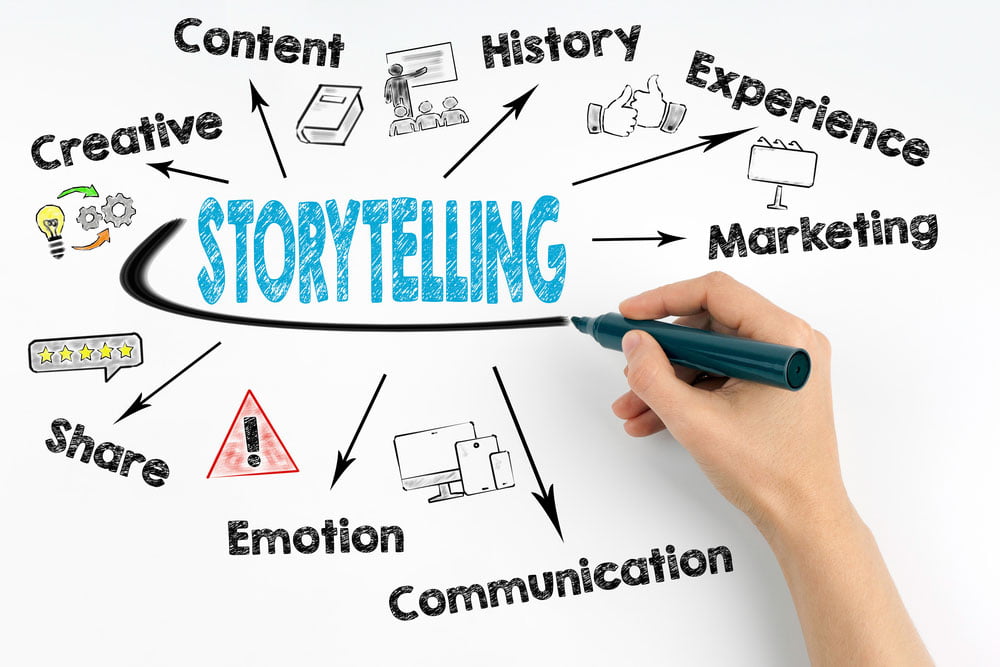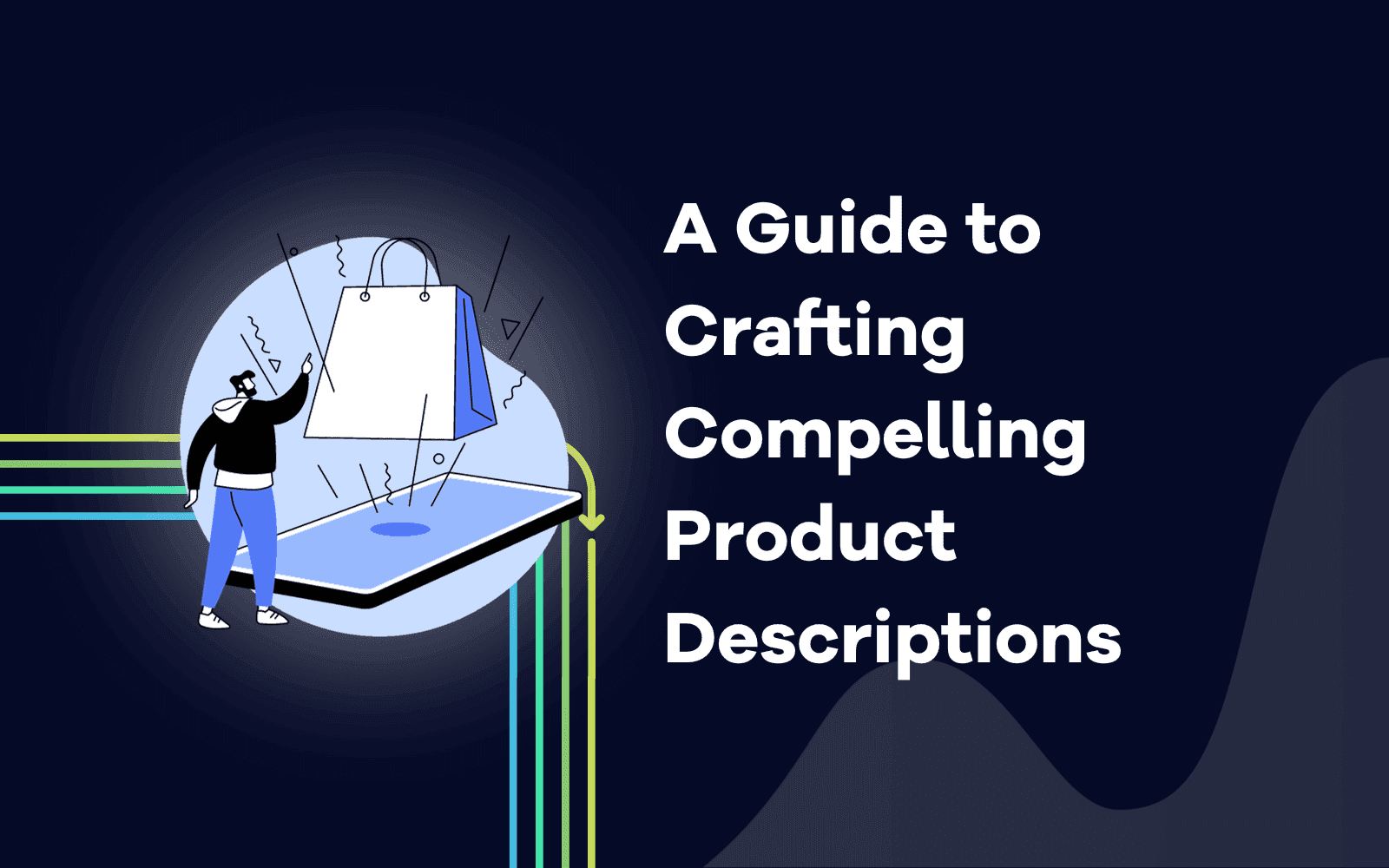Unlocking the Power of Persuasion: A Guide to Crafting Compelling Product Narratives

As an interior design and architectural expert, I understand the importance of creating spaces that not only function beautifully but also resonate deeply with the people who inhabit them. This same principle applies to the way we present our products and services. Just like a well-designed mansion, a compelling product narrative needs to capture attention, evoke emotion, and ultimately, inspire action.
To help you craft a winning narrative for your product or service, we need to understand your ideal customer persona. This persona isn’t just a demographic profile; it’s a deep dive into their aspirations, anxieties, and the specific pain points your product addresses.

Let’s imagine a modern mansion floor plan to illustrate this concept:
The Grand Entrance: This is where you introduce your product or service. It’s the first impression, the "wow" factor that grabs attention. Think of it as the grand foyer of your mansion, where the architectural details, lighting, and overall ambiance set the tone for the experience.
The Living Room: This space is where you showcase the core features and benefits of your product. Imagine a spacious living room with comfortable seating, a fireplace, and a stunning view. This is where you present the key selling points in a clear, concise, and engaging way.

The Kitchen: This is the heart of the home, where functionality meets aesthetics. Here, you demonstrate how your product solves specific problems and delivers tangible value. Imagine a state-of-the-art kitchen with top-of-the-line appliances, efficient workspaces, and innovative design features.
The Master Suite: This is where you delve into the emotional benefits of your product. Imagine a luxurious master suite with a spa-like bathroom, a private balcony, and a sense of tranquility. This is where you connect with your customer’s aspirations and show them how your product enhances their lives.
The Backyard Oasis: This is where you showcase the unique differentiators of your product and highlight its competitive advantage. Imagine a stunning backyard with a pool, a lush garden, and an outdoor kitchen. This is where you demonstrate what sets your product apart from the competition and why it’s the best choice for your ideal customer.

Now, let’s break down the key features and benefits you should focus on highlighting for your ideal customer persona:
1. Pain Points:

- Identify the problems your product or service solves: What are the frustrations, challenges, or inefficiencies your target audience faces?
- Emphasize the "before" state: Paint a vivid picture of the struggles your customer faces without your product.
- Connect emotionally: Use relatable scenarios and stories to show how these problems impact your customer’s life.



Example:
- Product: A time management app for busy professionals.
- Pain Point: Feeling overwhelmed by a never-ending to-do list, struggling to prioritize tasks, and constantly missing deadlines.
- Emotional Connection: Imagine the feeling of being constantly stressed, unable to focus, and missing out on important opportunities due to poor time management.


2. Key Features:
- Focus on the features that directly address the identified pain points.
- Use clear and concise language: Avoid jargon and technical terms that your target audience might not understand.
- Highlight the unique selling propositions (USPs): What makes your product or service stand out from the competition?


Example:

- Product: A time management app for busy professionals.
- Feature: Task prioritization, deadline reminders, and progress tracking.
- USP: The app uses artificial intelligence to learn your work patterns and suggest optimal task scheduling based on your individual needs.
3. Tangible Benefits:
- Translate features into tangible benefits: How do these features improve your customer’s life?
- Quantify the benefits whenever possible: Use data, statistics, or case studies to demonstrate the impact of your product.
- Focus on the "after" state: Paint a picture of how your customer’s life will be transformed by using your product.
Example:
- Product: A time management app for busy professionals.
- Benefit: Increased productivity, reduced stress levels, and improved work-life balance.
- Quantifiable Benefit: Studies show that using a time management app can increase productivity by up to 20% and reduce stress levels by 15%.
4. Emotional Connection:
- Appeal to your customer’s aspirations and desires: What are their hopes and dreams? How can your product help them achieve them?
- Use storytelling and imagery to create an emotional connection: Show how your product enhances their lifestyle and makes them feel good.
- Highlight the "why" behind your product: What is the purpose and passion that drives your company?
Example:
- Product: A time management app for busy professionals.
- Emotional Connection: Imagine the feeling of being in control of your time, achieving your goals, and having more time for the things you love.
- "Why": Our mission is to empower busy professionals to live more fulfilling lives by helping them manage their time effectively.
5. Competitive Advantage:
- Highlight what sets your product apart from the competition: What are your unique selling propositions (USPs)?
- Demonstrate the value proposition: Why is your product the best choice for your target audience?
- Use testimonials and case studies to build credibility: Show real-world examples of how your product has helped others.
Example:
- Product: A time management app for busy professionals.
- Competitive Advantage: Our app uses advanced AI algorithms to personalize your experience and provide tailored recommendations based on your individual needs.
- Value Proposition: Unlike other time management apps, ours is designed specifically for busy professionals who need a powerful and intuitive tool to manage their time effectively.
Remember, the key to crafting a compelling product narrative is to focus on your ideal customer persona and their needs. By understanding their pain points, aspirations, and desires, you can create a story that resonates with them and inspires them to take action.
Here are some additional tips for crafting a winning product narrative:
- Keep it concise and easy to understand: Use clear language and avoid jargon.
- Use visuals to enhance your message: Images, videos, and infographics can make your narrative more engaging.
- Tell a story: Connect with your audience on an emotional level by using relatable scenarios and stories.
- Use a consistent brand voice: Maintain a consistent tone and style throughout your narrative.
- Test and refine your narrative: Get feedback from your target audience and make adjustments as needed.
By following these tips, you can craft a compelling product narrative that will capture attention, evoke emotion, and ultimately, drive sales.

